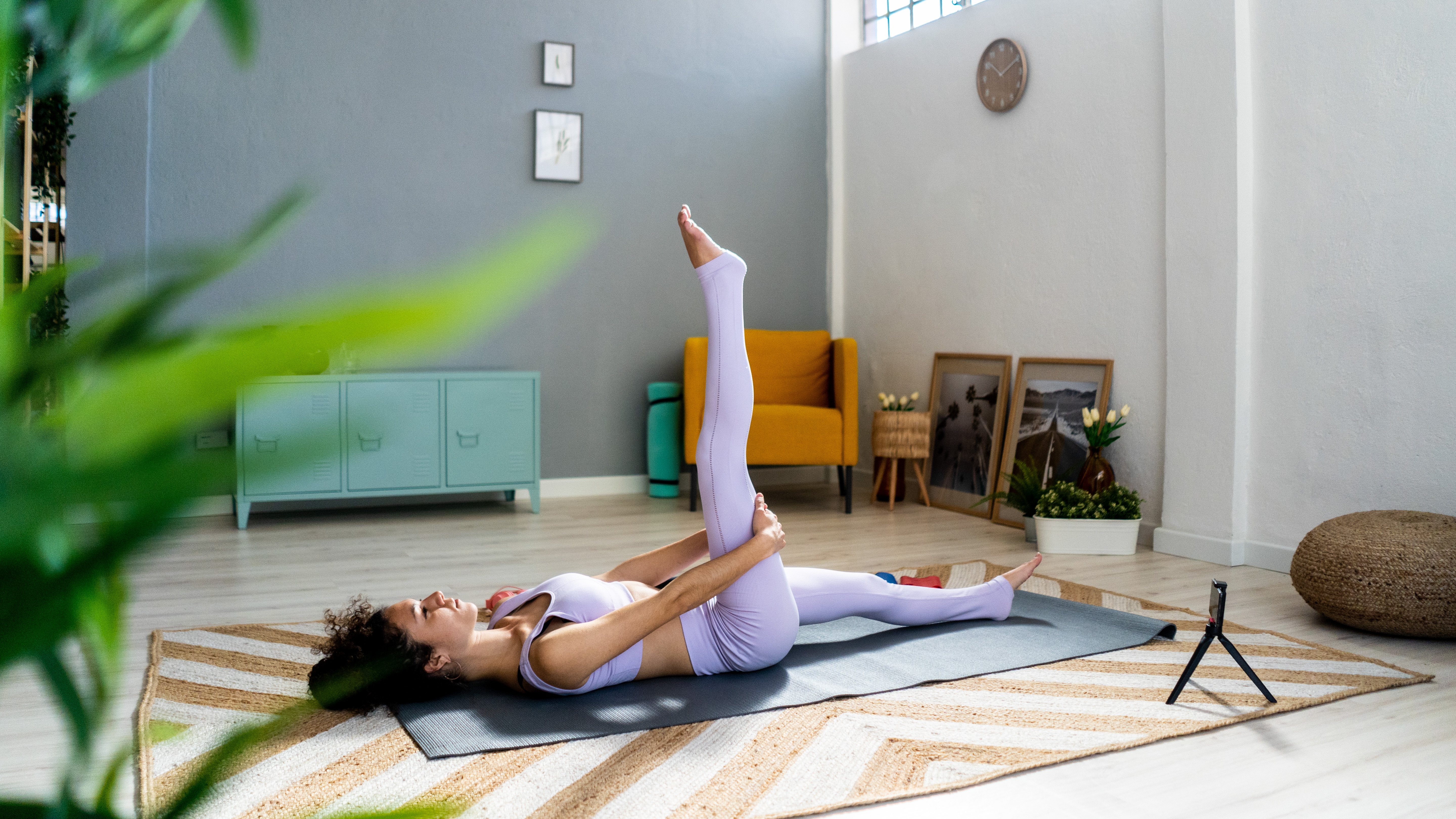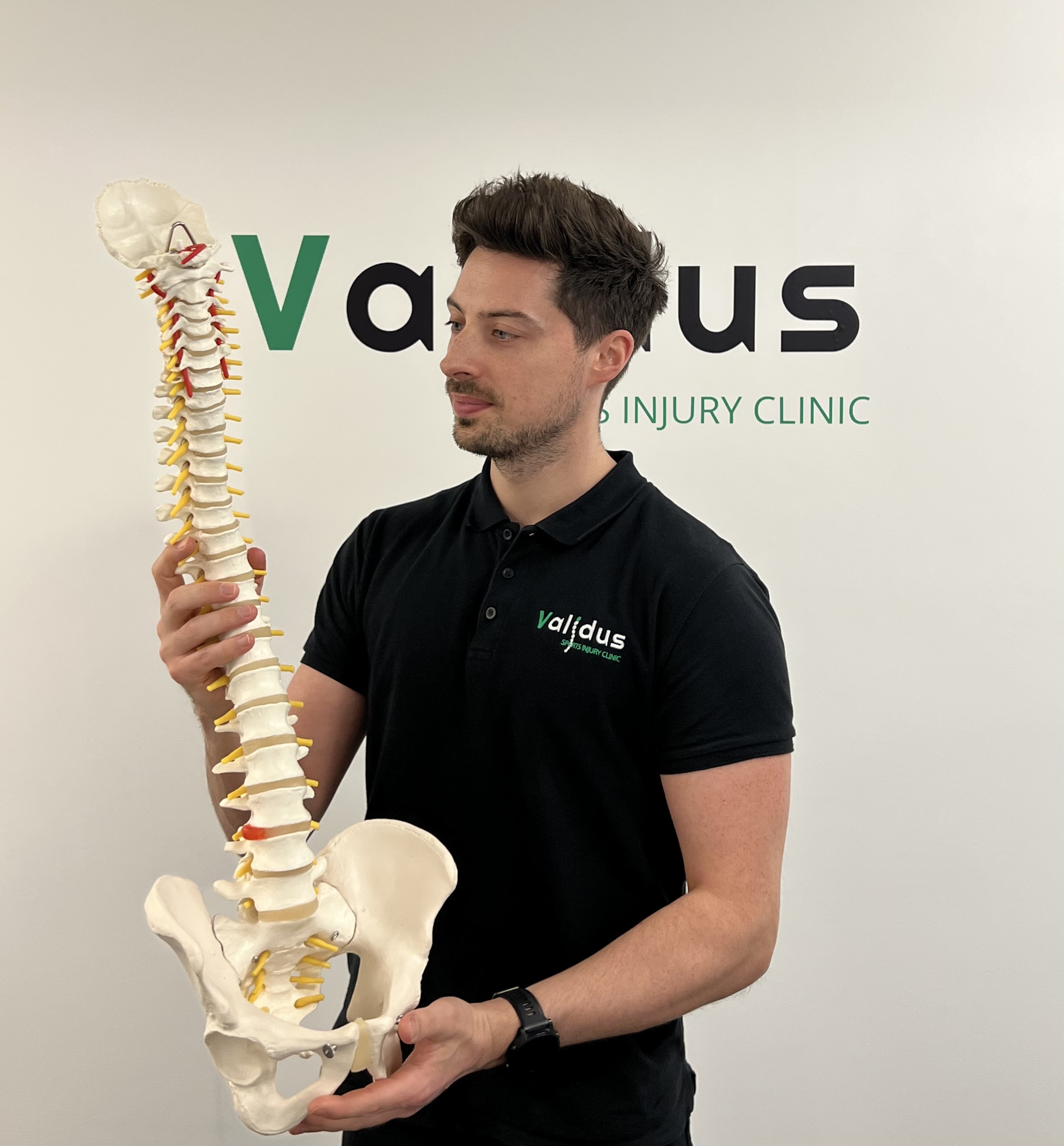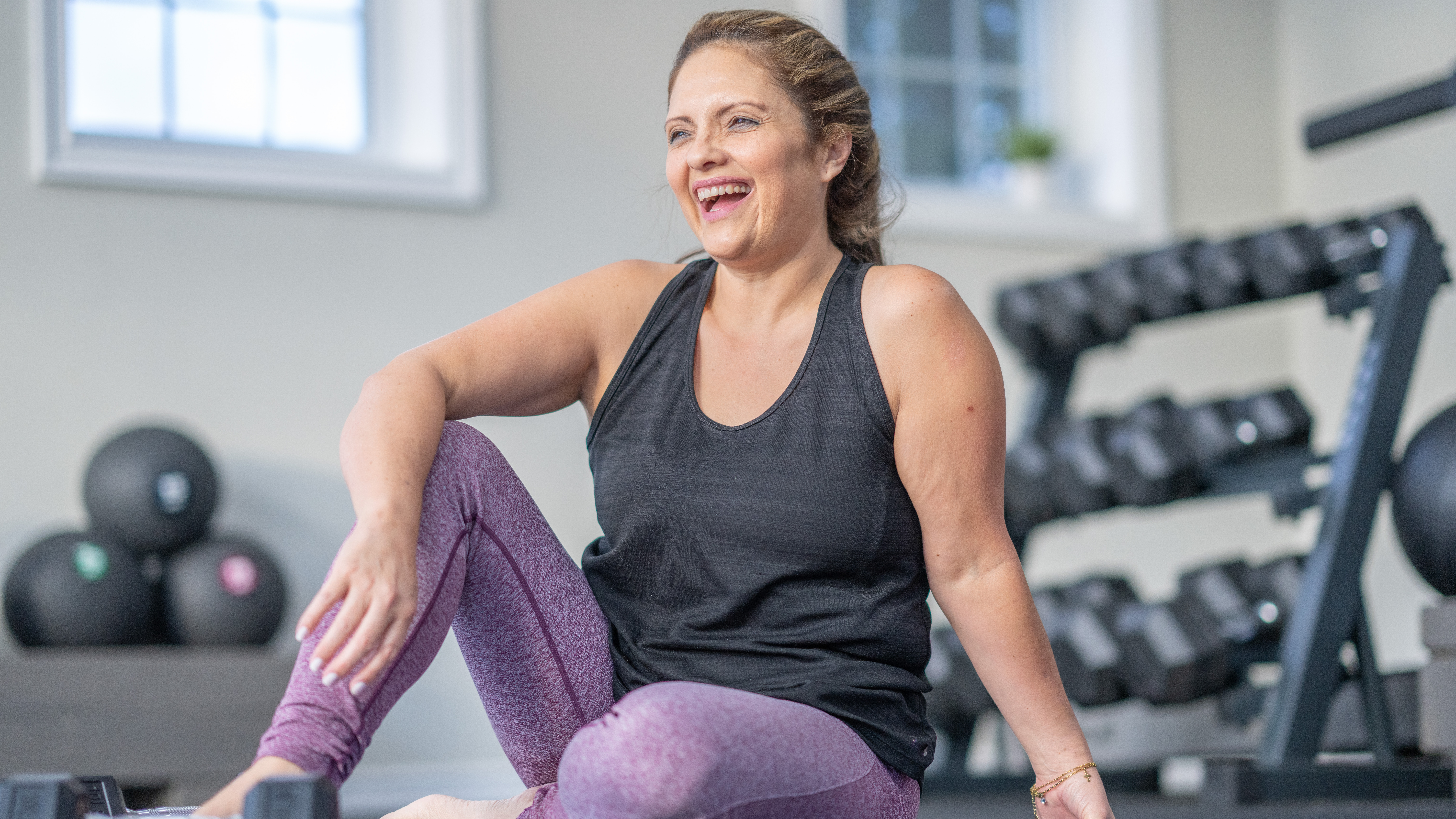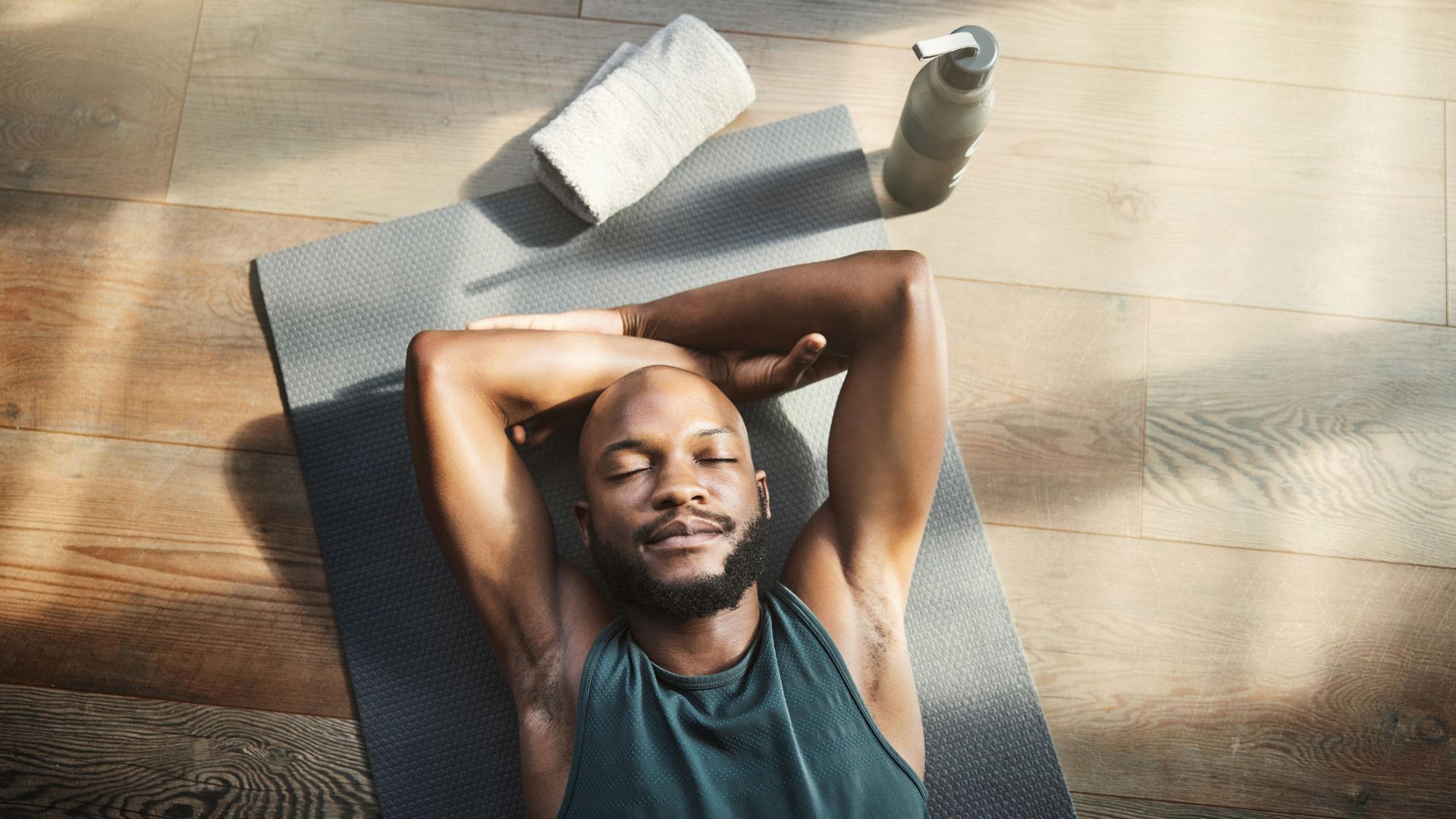Struggling with sciatica? Here’s why you need to try nerve flossing
This simple technique could be a lifesaver for those experiencing stubborn leg pain


Despite its name, nerve flossing has nothing to do with your teeth. It’s a technique involving a gentle exercise that moves a nerve back and forth to help release tension. It’s easy to do and can work well for people with sciatica, which is a nerve pain that starts in your lower back and travels down your leg.
Like many, I had never heard of nerve flossing until I needed it myself. I had been experiencing a bizarre pain in my leg and couldn’t pinpoint what was going on. I’d spend hours stretching, moving and manipulating my muscles but nothing was helping. It was only when I met sports therapist Daine McKibben Rice that I was introduced to the technique. Within a couple of days, the irritation in my leg had greatly reduced and almost disappeared.
How was it that something so simple could put me out of my misery? And why hadn’t I heard about this miracle move before? Here, McKibben explains how nerve flossing is done.

Daine McKibben Rice, BSc MSc Sports Therapist, is the owner of Validus Sports Injury Clinic. He previously worked at the Altus Sports Institute in Santa Monica, alongside some of the world’s best sports doctors, therapists and coaches, before moving to London to complete his MSc in Sports Therapy. His client portfolio includes some of the biggest names in Hollywood and professional sport.
Sciatic nerve floss
A post shared by Validus Sports Injury Clinic (@validusclinic)
A photo posted by on
- Lie on your back.
- Bend one knee into your chest and clasp both hands behind the thigh.
- Extend the same leg toward the ceiling. Remember to move within your comfort level—you might not be able to extend the leg fully.
- Flex your foot, then point your foot.
- Lower your leg back down to the bent knee position.
Repeat up to 20 times
How quickly should you start to feel results?
"By simply performing a nerve flossing technique for 1-2 mins, it can give instant relief," says McKibben. However, he adds that's not always the case, which is why it’s advised to use it in combination with other exercises and rehab modalities.
If you’re new to the exercise, it’s best to build up intensity gradually. "Don’t feel the need to push to your limit and do as many reps as possible. It’s important to allow some time for adaption, so take it slow to start," says McKibben.
Is there anything else nerve-flossing can help with?
Yes, nerve flossing can help relieve upper limb, as well as lower limb pain. It can also be used as part of a warm-up before weightlifting. "It’s so important that our nervous system is able to adapt to mechanical load when training, as it will experience elongation, sliding, cross-sectional change, angulation, and compression, especially in movements like deadlifting for example," explains McKibben.
"Think of hinging forward to set up for a deadlift and you feel a pull in your hamstring that runs into your calf and even foot. Sound familiar? Well, that could be nerve tension. So pre-lift, if you perform nerve flossing, this will prepare the nerves for the movement, which will decrease the tension, improve your range of motion and give you a better output for the lift itself," he adds
Get the Fit&Well Newsletter
Start your week with achievable workout ideas, health tips and wellbeing advice in your inbox.

Samantha is a journalist specializing in wellness and travel. She has over 10 years of experience working at newspapers and magazines in the UK and Australia. Samantha is also a yoga instructor and can be found teaching classes at Frame, a fitness studio with branches across London.
-
 "If I could choose just five moves to future-proof my body, these would be it"—A trainer says this longevity workout will help you build lasting strength and mobility
"If I could choose just five moves to future-proof my body, these would be it"—A trainer says this longevity workout will help you build lasting strength and mobilityBy Lou Mudge
-
 I tried four exercises designed to get rid of shoulder knots and I was surprised by the results
I tried four exercises designed to get rid of shoulder knots and I was surprised by the resultsA yoga instructor recommends this routine for reducing tightness in your upper body
By Alice Porter